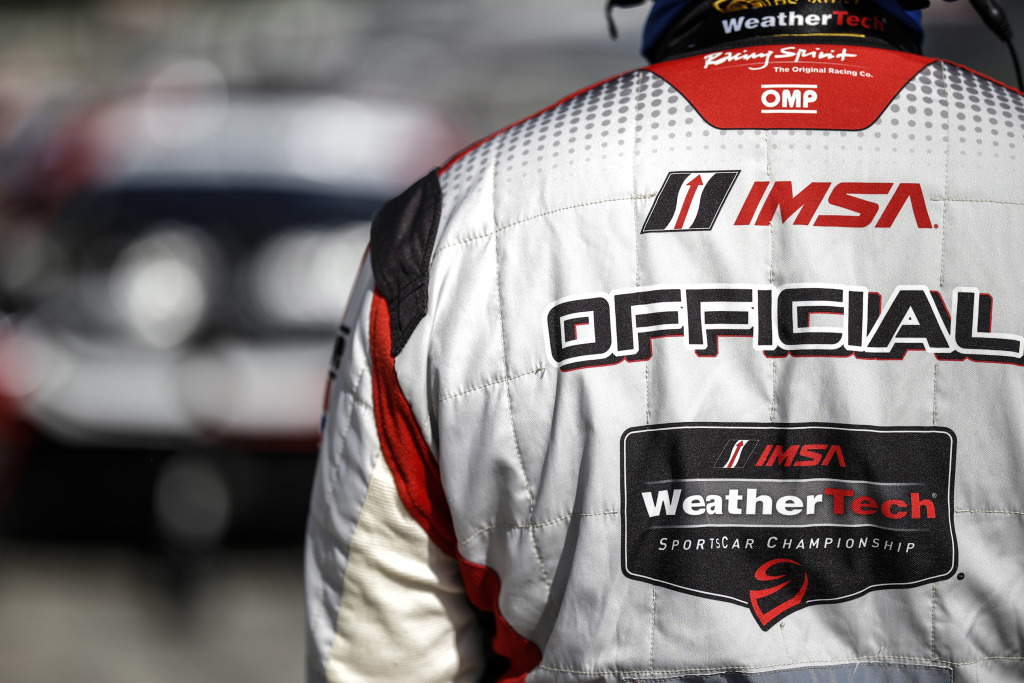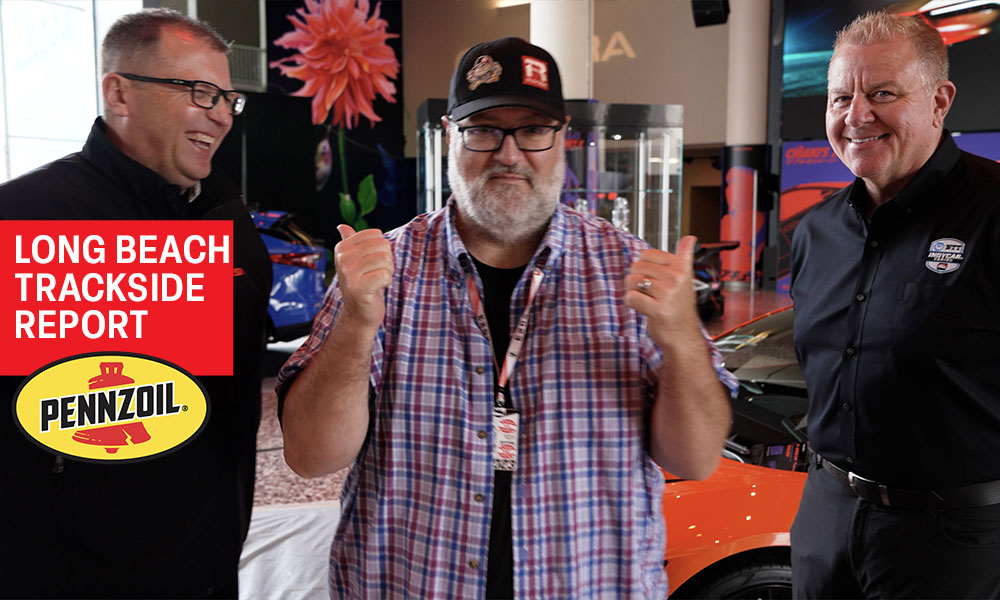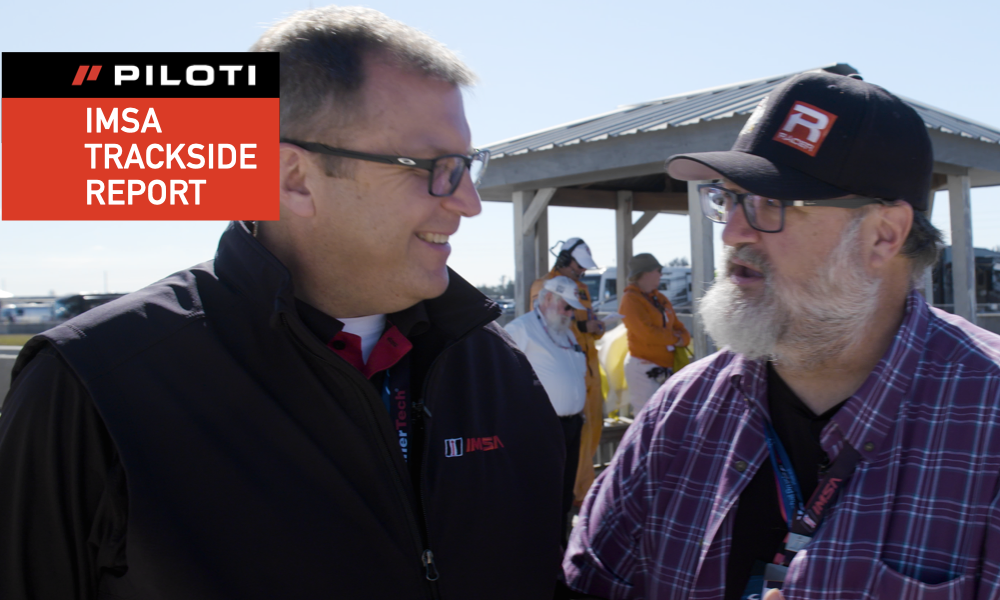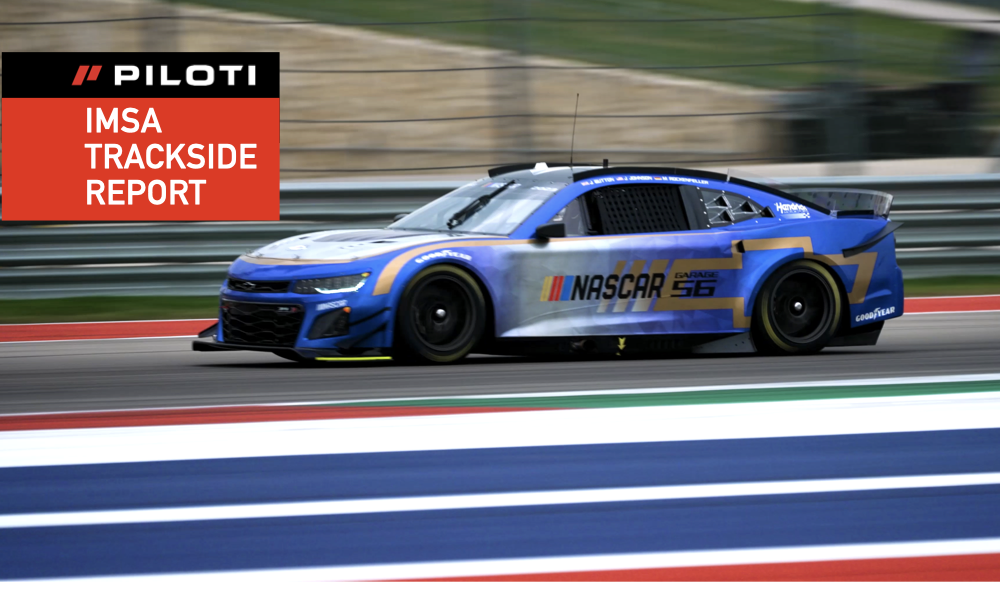The Sahlen’s Six Hours of the Glen two weeks ago saw a rash of penalties levied against IMSA WeatherTech SportsCar Championship teams both during the race and after. The most significant of those was the No. 6 Porsche Penske Motorsport 963 of Mathieu Jaminet and Nick Tandy being moved to last place in GTP for having a skid plank worn below the minimum thickness, but there were also many mechanical black flags given to teams for having tire pressures outside of spec or malfunctioning tire pressure monitoring systems (TPMS).
RACER sat down with IMSA President and CEO John Doonan at Canadian Tire Motorsports Park to talk about the penalty for PPM, as well as the change in the way the tire pressure rule is enforced.
“The Sahlen’s Six Hours of the Glen ends, [the on-track-winning No. 6 963] goes through technical inspection, and immediately in that process we identify an issue,” Doonan explained. “When that happens, we measure, we measure again, and in this case, measure another time and realize there’s an issue. It’s go, no go; green light, red light; black, white … whatever you want to call it. Unofficial results have gone out, so before we’re anywhere near official, we have an understanding that we’ve got a problem. So we issue a penalty and there is always a process of protesting that penalty, appealing that down the road. We worked through that with the team and in the end, their protest was not admissible, based on supervisory official review. The penalty stood and results were impacted appropriately.”
[lawrence-auto-related count=3 category=1406]
IMSA enforces the skid plank minimum thickness to ensure the car isn’t running too low. That can be both a performance advantage as well as a safety issue — a car bottoming out can lead to wrecks. While PPM declared that the plank was barely below the minimum, as Doonan noted, it’s either greater or less than minimum thickness as far as the rule is concerned; the degree to which it is outside the tolerance is irrelevant.
Comparisons have been drawn between the penalty applied to the PPM No. 6 for the Glen infraction and the Meyer Shank Racing team for manipulating the tire pressure data that is transmitted to IMSA during the Rolex 24 At Daytona. The MSR No. 60 Acura team received a 200-point penalty, harsher than the 130-point swing PPM experienced, but was allowed to keep the victory. The difference is in the timing, Doonan said.
“Official results (were issued for Daytona), then later we are informed of an issue. So it put us in a very unique position to have to go back,” Doonan said. “Everyone left the track, everyone went home, everybody did all their post-race stuff. It went to our supervisory officials and went to our board and went to, part of it, went to appeal. So just very unique. None of it makes us happy.”

Neither did the mechanical black flags issued at the Glen make them happy. While Michelin and IMSA have always set minimum tire pressures as a safety measure, the way the rule was enforced changed. Previously, the teams were told to fix it during the next pit stop. However, lower tire pressures can be a performance advantage — the very reason MSR was manipulating the data — and, according to one team manager, many teams would use lower pressures in their final set of a race. Thus the new rule that pressures below the minimum, or a malfunctioning TPMS system, would be required to be fixed immediately.
“Tire pressure has become an area to gain performance,” Doonan noted. “Michelin has a set of parameters that they are recommending to our teams; we, in good partnership, are working with them to find a way to make sure teams operate within the window.
“We have to make sure that we have a good process to make sure people are following the regulation and not gaining an unfair advantage over the other cars. So we’re continuing to work with Michelin on how we regulate the TPMS. Again, IMSA officials don’t like penalizing people, and so to have, I think, 11 during the race is too many. At the same time, it doesn’t excuse people who are running out of compliance.”
Sunday’s Chevrolet Grand Prix at Canadian Tire Motorsports Park will show if teams have adjusted their approach to tire pressures or not.






